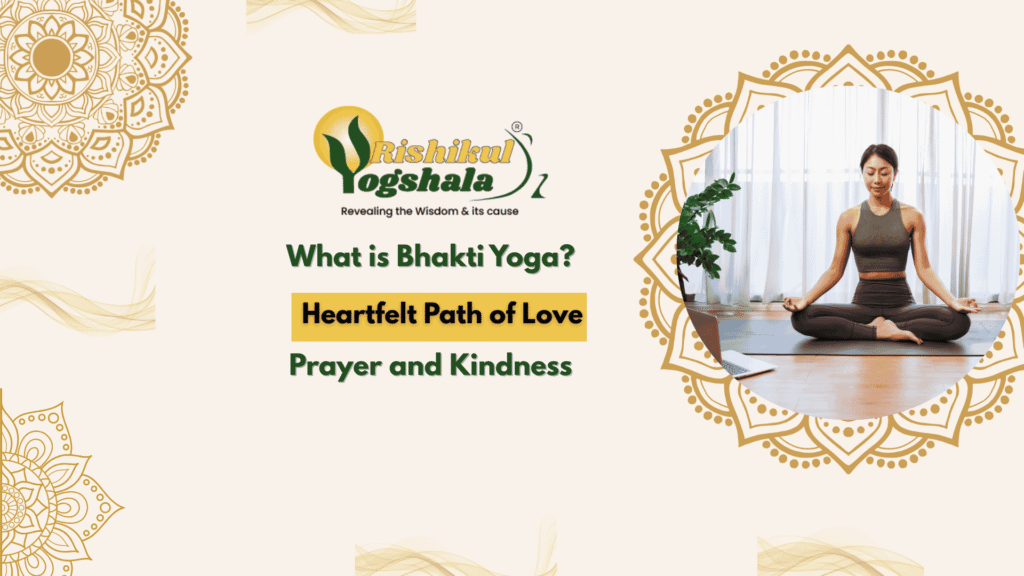Thoughts On My Yoga Mat – On Earth Day
- Blog
- /
- Yoga Lifestyle and Tips
- /
- Thoughts On My Yoga...

Yoga Mats and Environmental Impact: A Mindful Reflection

“Concentrate on your breath. Inhale. And exhale.”
This is the mantra I’ve been embracing each morning during my daily yoga practice here in Rishikesh, India. I’ve gained immense insight into yoga and myself, finding internal balance and contributing to global peace and harmony through each “Aum.”
During our classes, we stretch, breathe, and relax, leaving everyone feeling peaceful and content. However, on this Earth Day, an image of a yoga mat emerged in my mind, leading me to ponder the environmental impact of these essential accessories. Are we, the seekers of peace and harmony, truly conscious of what we use in our practice? Are we aware of the materials in our yoga mats and their effects on the environment? We often focus on the comfort and support mats provide without considering their broader implications.
I’ve practised yoga for three years, often without a mat, adapting to various surfaces like grass, floors, and towels. Now, in Rishikesh, I find myself wanting a yoga mat as a symbol of belonging to this community. However, this desire raises ethical questions about materialism and environmental impact.
Yoga mats are primarily made from PVC, a material that is not only toxic but also persists in the environment for centuries. As noted in an insightful article by Laura Cornell, PVC mats are highly polluting and require significant resources, such as 925 litres of water per mat, as highlighted by Pablo Paster. They also wear out quickly, leading to frequent replacements and further environmental strain.
Yoga Community

How can we, as part of the yoga community, advocate for balance, peace, and harmony if our actions contradict these values? While it might seem harsh to label this as hypocrisy, it undeniably reflects a lack of coherence. Small, conscious actions can indeed lead to meaningful change in our lives and the world. While not everyone can afford eco-friendly mats, alternatives such as natural rubber, jute, and other non-toxic materials are emerging. For those who cannot forego mats, these options offer a more sustainable choice.
Incorporating mindfulness into our practice extends beyond physical postures to include awareness of our environmental footprint. Next time you sit on your yoga mat in meditation, consider its origins, its disposal, and its impact on the ecosystem. This awareness empowers you to make informed decisions about your practice and its alignment with your values.
Conclusion
Embracing yoga goes beyond the mat; it encompasses a holistic approach to balance and harmony, which includes environmental consciousness. As you continue your practice, consider exploring 200 hour Yoga Teacher Training in India, 300 hour Yoga Teacher Training in India, or 500 hour Yoga Teacher Training in India at Rishikul Yogshala, where sustainable practices are valued. For those interested in integrating Ayurveda with yoga, check out our Ayurveda Retreat in India or explore our Yoga Retreat in India for a comprehensive, mindful experience. By making informed choices, you contribute to a more harmonious world and a more authentic yoga practice.












